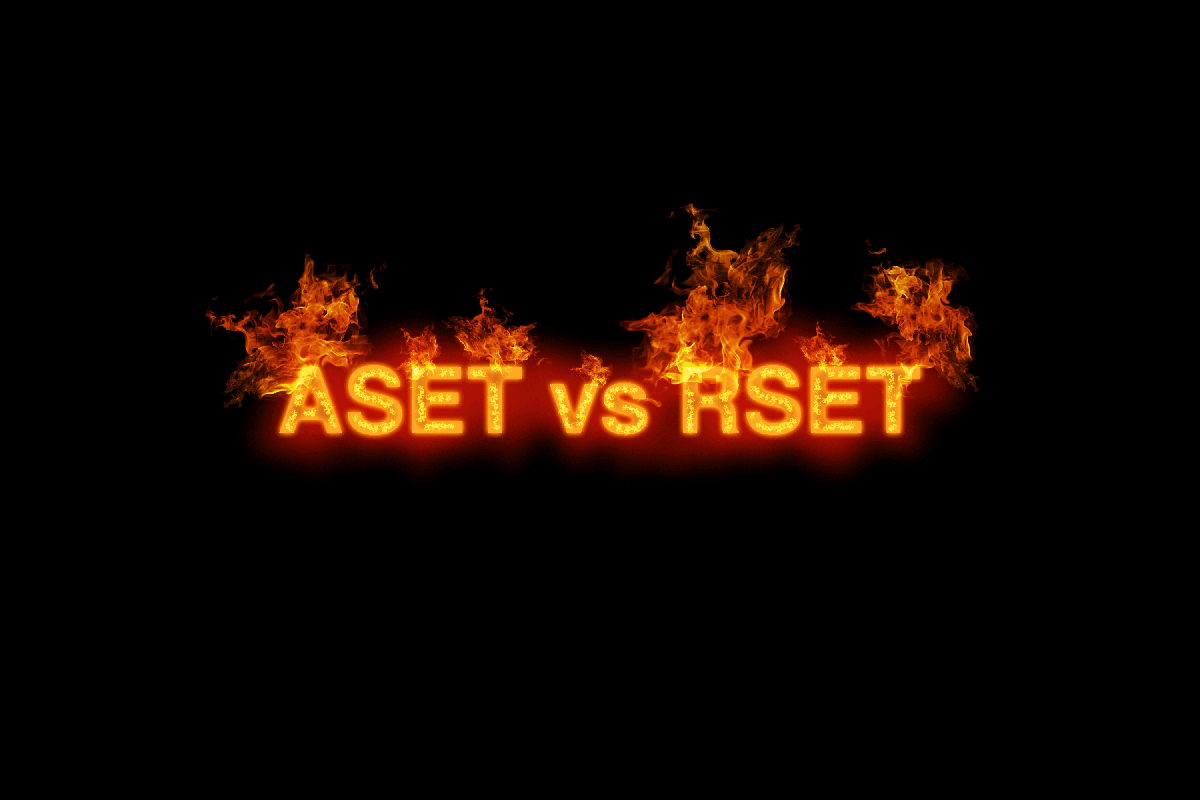Emergency Lighting Regulations
Emergency lighting is a type of lighting used in emergencies when normal electrical illumination fails due to mains power supply failure either due to a power cut or a fire. An abrupt loss of power in buildings makes them unsafe for occupants and might even lead to panic. In the event of a power cut, Read more »








